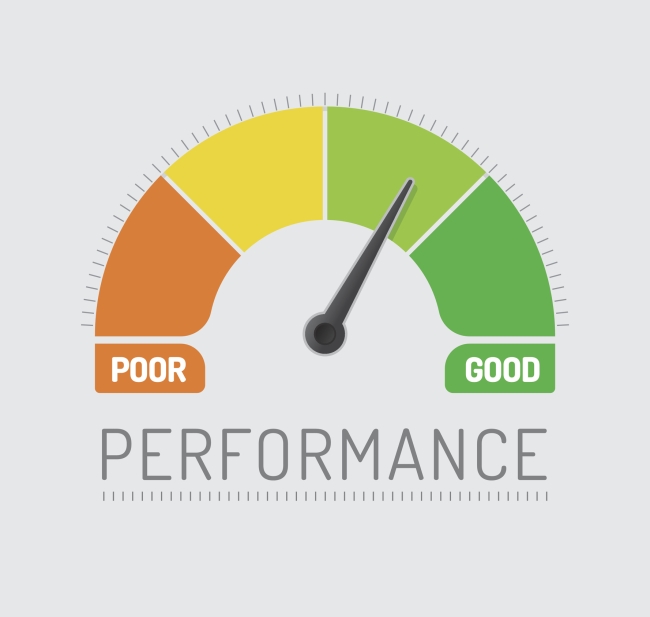You have /5 articles left.
Sign up for a free account or log in.

iStock
Ball State University promotes diversity and does not tolerate discrimination. Everyone says they can agree on that.
But the best way to gauge how professors live up to that standard isn’t quite settled, as the Ball State Faculty Council discovered in its most recent meeting.
Last year, Charlene Alexander, who was then the university’s associate provost for diversity and director of the Office of Institutional Diversity, introduced an open-ended question for the Faculty Council to potentially use on the teaching evaluations that are offered to students at the end of a course. Alexander has since moved on to Oregon State University, but the council took up the question in this month's meeting.
“The university does not tolerate discrimination and is committed to work with diversity in a wholly positive way,” the text reads. “Please indicate below anything in relation to this course that supports or runs counter to this objective.”
The council was hesitant to adopt the proposal, however, and instead sent it back to a committee to come up with alternatives, while at the same time announcing it would take solicitations from departments on different language for the text as well.
"People did not like the wording of it. It just didn't fit the tone, or how it sounded with the rest of the questions [in the evaluation]," said Melinda Messineo, interim associate provost for diversity and interim director of the Office of Institutional Diversity.
Additionally, Messineo said, the question was, in a sense, outdated. It was developed at the same time the university was developing a bias-incident reporting system. That system is now live, so there's a way to collect data that the evaluation question would have collected -- perhaps more, given the array of questions that the person reporting the incident can address, and the fact that offenders aren't just limited to professors. At the same time, Messineo said, one of the concerns raised was that, even with the question included, the university wouldn't necessarily be able to act on any of the answers.
"This question will want to accomplish something different now that we have the bias-incident [reporting mechanism]," said Messineo, who attended the Faculty Council meeting. "What we're hoping to do with the evaluation question is talk about an inclusive teaching environment, which is a different angle."
Da'Prielle Fuller, president of the Black Students Association at Ball State, said that she wouldn't lobby for the question as it currently stands -- but still wants a question on teaching evaluations.
"The question asks about the university, not the professor. If we are going to have the question on a teaching evaluation, it should directly ask about that professor," she said in an email, noting that her opinion doesn't necessarily reflect that of the BSA.
Fuller said that while the bias incident reporting system is available, not all students might know about it. Reaching students through the evaluation would be more direct.
"It is hard to learn in a space where you do not feel comfortable. If my learning is affected by something [a professor] said or did in the classroom, it needs to be addressed and handled so it doesn't happen to another student," said Fuller, a senior studying criminal justice.
A lot can be at stake when it comes to teaching evaluations, although, at the same time, what’s at stake isn’t necessarily consistent, said Faculty Council Chairman Tarek Mahfouz, an associate professor of construction management. Depending on the department, teaching evaluations could affect tenure, raises and promotions to a varying degree. That’s part of the reason professors hesitated to adopt the text as it was delivered.
“The language itself, some faculty had some concerns about it,” he said. “It’s kind of pushing the question in a negative way. These were concerns were brought up.”
Additionally, the varying responses that anonymous teaching evaluations get are a concern for some council members, Mahfouz said. Depending on the rate of participation among students filling out the evaluations, a given response’s weight might vary.
“The main concern was the means of collection,” he said. “We were all in agreement that this is an essential issue, and data need to be collected. But the question was, is it written in the right way or not?”
The Teaching Evaluation Committee is now looking at both the language of the question and the way responses are allowed. Currently, the response is open-ended. Mahfouz said one of the considerations was making the response a ranked choice along how well the professor did or didn't uphold the university's antidiscrimination values.
Despite the pushback, Mahfouz said that the faculty was committed to measuring diversity and inclusion through teaching evaluations.
“That’s why it was sent back to the Teaching Evaluation Committee,” he said. “It wasn’t rejected in its entirety. If it was rejected completely, that would mean the faculty believed it should not be included … but it was returned for adjustment.”
What an ideal form of the question will look like is still up in the air, Mahfouz said, although it could come as soon as October, during the council’s next meeting.
“The consensus of the faculty is that this needs to be included, it’s just this disagreement is on the language or the form of it being included,” he said. “We’re trying to find the best way to include it in the evaluations, or the best way of including the data.”








